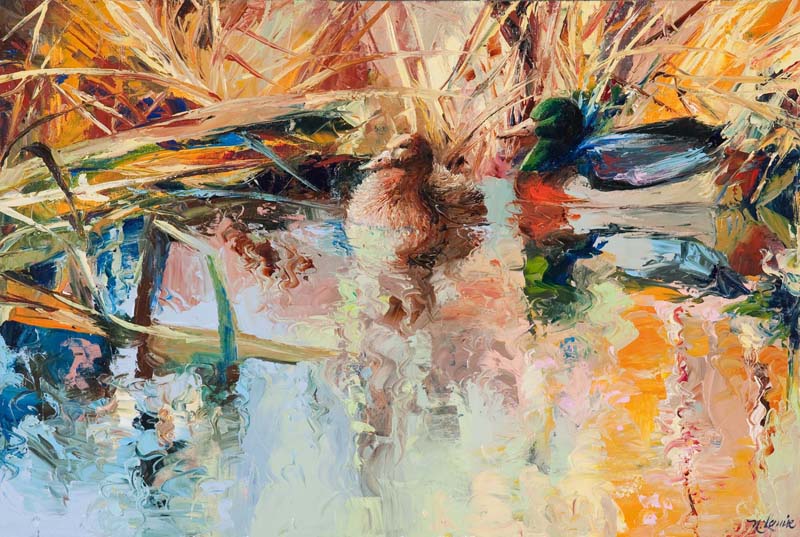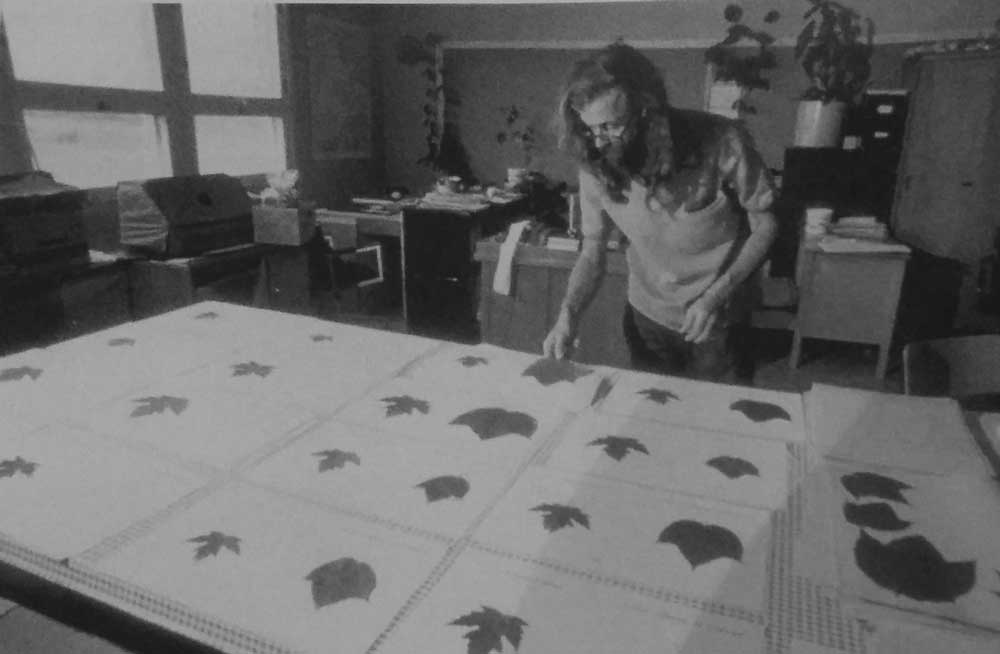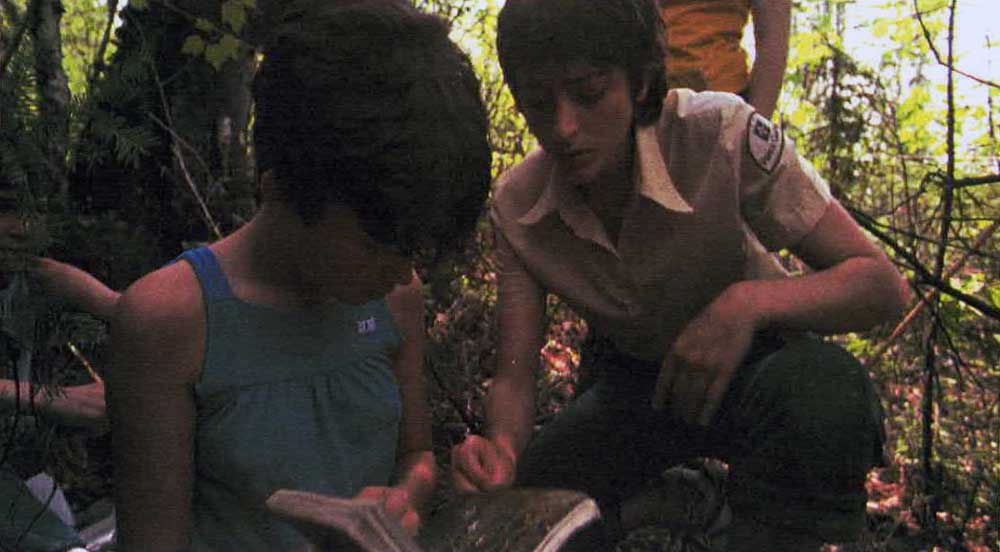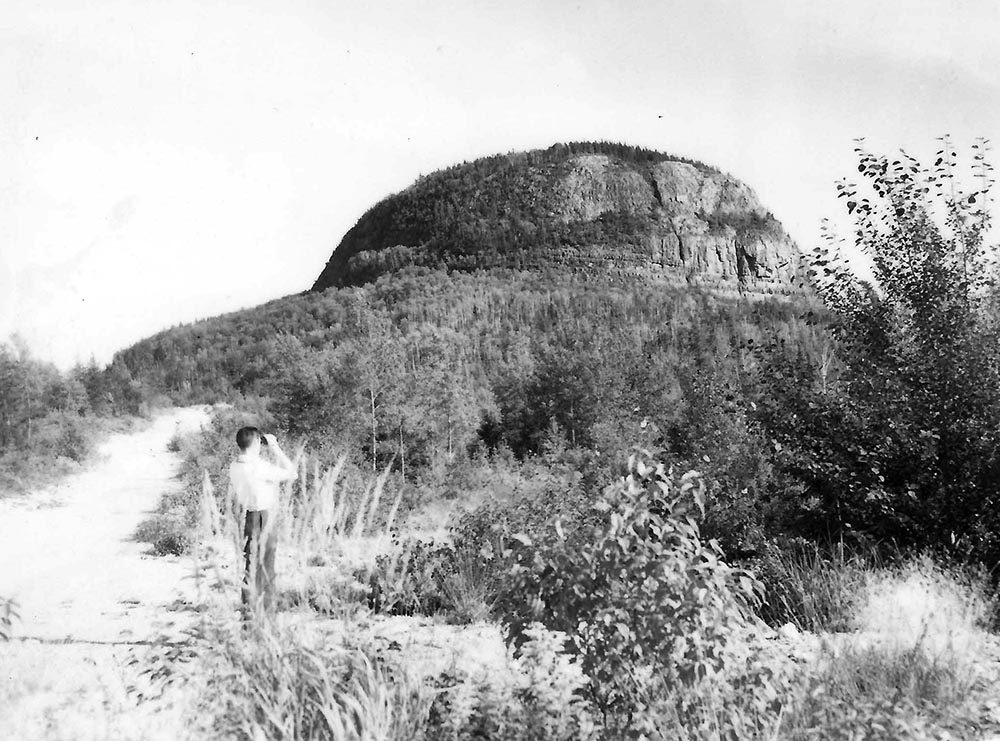Natural Sciences
The region represents a territory that is ideal for observation, study and research on plants, animals and different natural phenomena.
William Baldwin was the first botanist to cross the territory in the 1950s. He collects 16,464 herbarium specimens for the National Museum of Canada, which inspires local enthusiasts. In 1966, the members of the Harricana Science Club at the Amos Seminary, directed by abbot André Asselin, established the “Camp-école Chicobi” close to Guyenne, offering vacation camps specialized in natural sciences and educational activities for close to 50 years. Representative of Abitibi’s natural environment pre-colonization, the ecologic reserve of Chicobi is formally established in 2002.
At the beginning of the 1940s, agricultural and mining developments increased awareness of the growing depletion of nature and wildlife. Following these concerns, the hunting and fishing reserve of Aiguebelle was created in 1945. It was in 1985 that it officially became a national park devoted to conserving and protecting its natural resources. Formed more than 2.7 billion years ago, its bedrock of volcanic origins exhibits proof of the melting of the glaciers over 11,500 years ago, as well as other geological and geomorphological phenomena. Modifications made in the 1970s improve access to the site (trails, camping), portraying its natural and cultural heritage.
Thanks to the hard work and dedication of research scientists and amateurs, many other sites in the area make it possible to observe and study these natural resources. With such an abundance it can’t help but awaken sense of wonder and curiosity.





